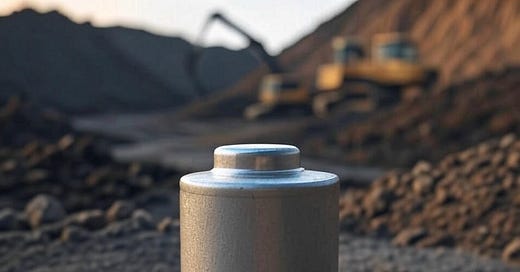I glanced at the lithium extraction using sodium hydroxide described in this article. It seems interesting, but like every other process announced each week, it’s years away from even reaching the pi…
© 2025 Mith Besler
Substack is the home for great culture




